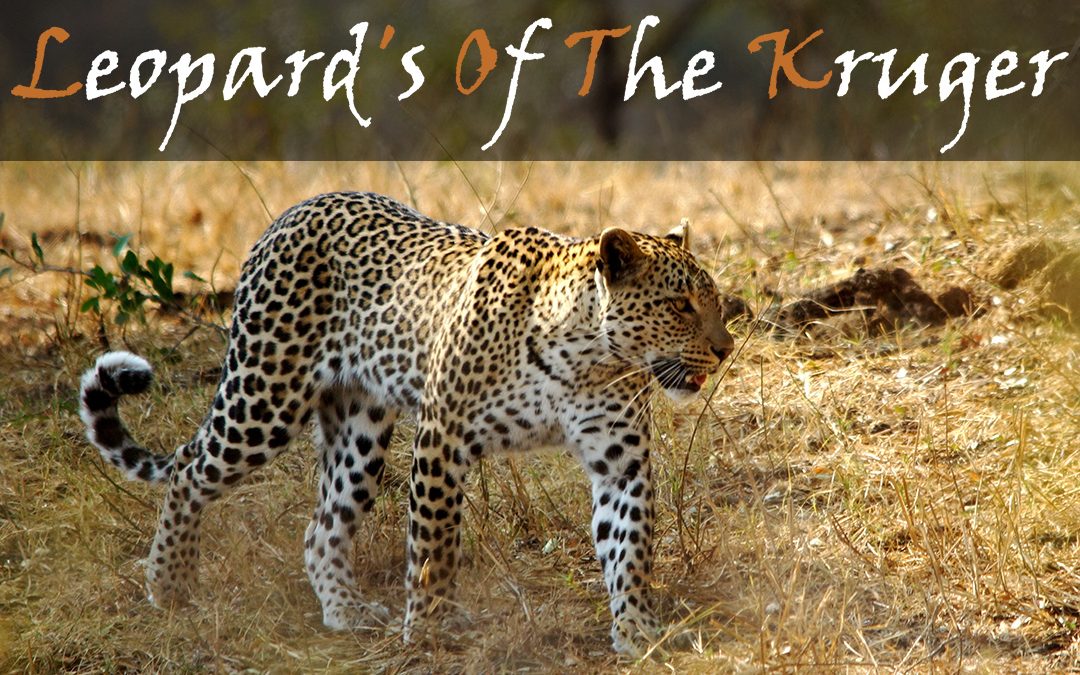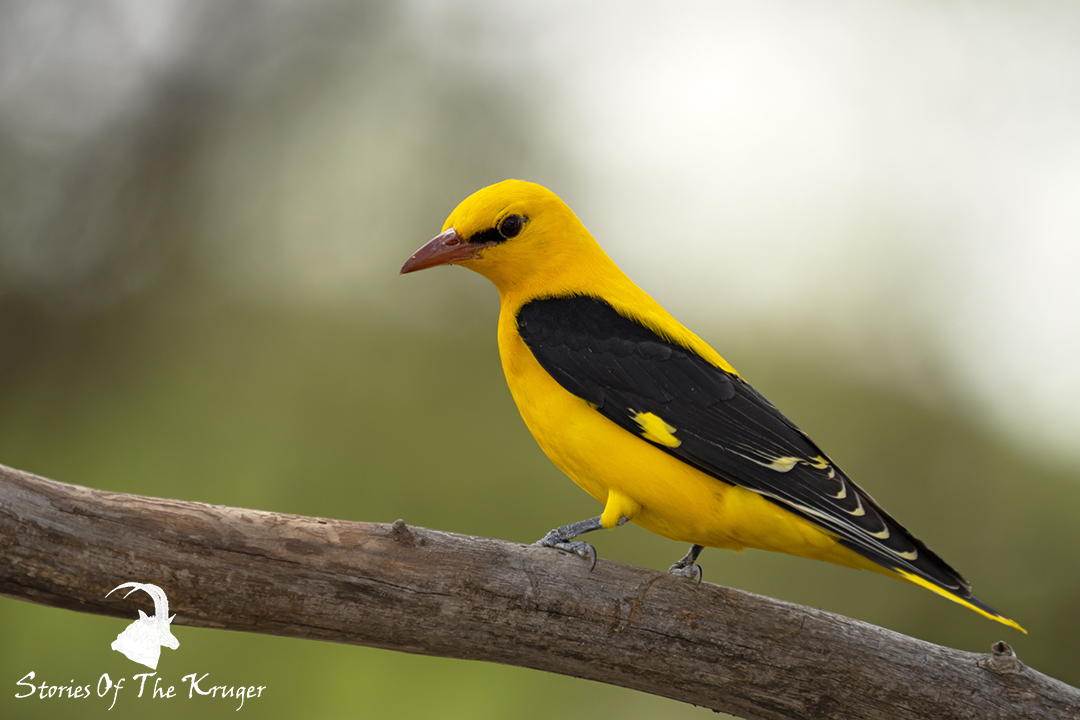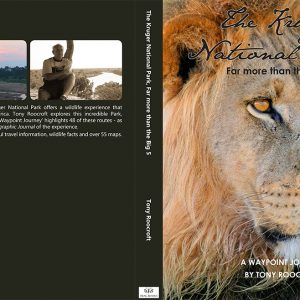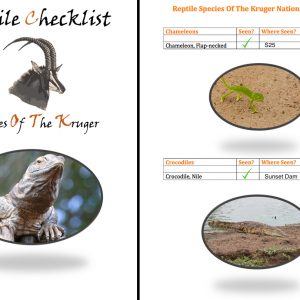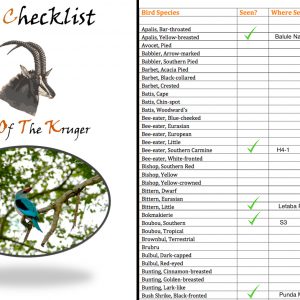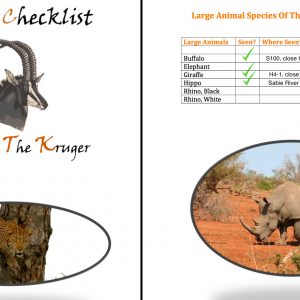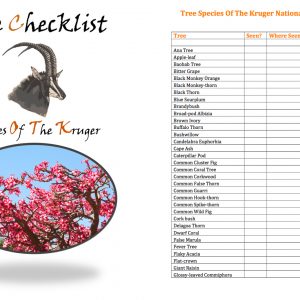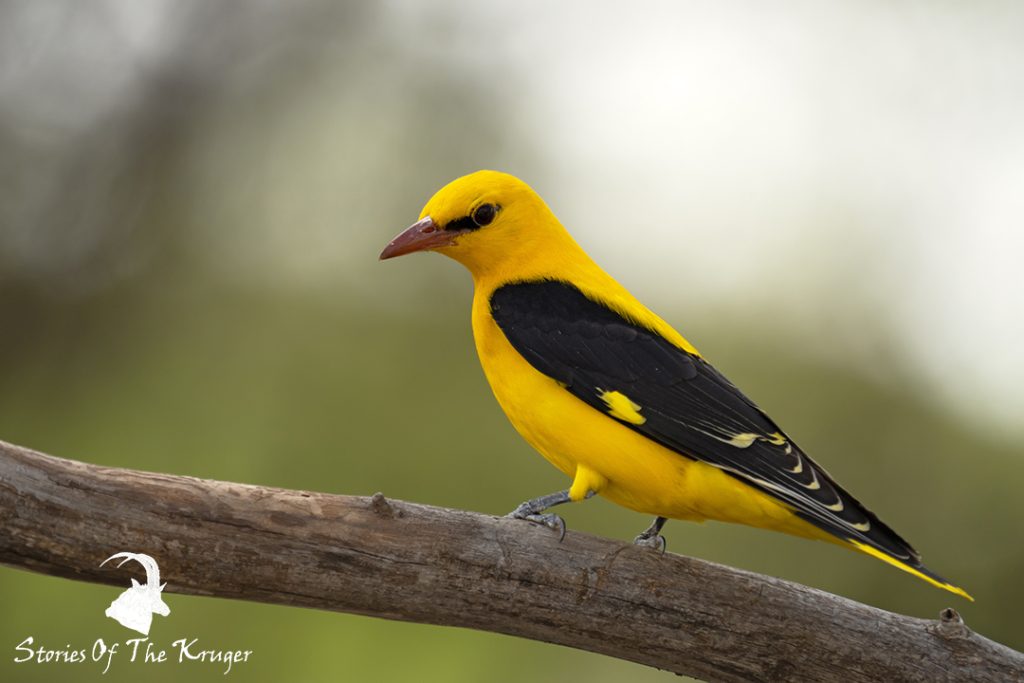Leopards Of The Kruger National Park
The Highly Sought After African Leopard
Leopards of the Kruger National Park – The Kruger National Park is a world-renowned destination for wildlife lovers, offering an unparalleled opportunity to see some of Africa’s most magnificent animals in their natural habitat. Among the most sought after sightings in the park are the elusive Leopards, which are considered to be one of the most beautiful and enigmatic big cats in the world. In this article, we will take a closer look at the Leopards of the Kruger National Park, their behaviour, habitat, and conservation status.
General Kruger Leopard Behaviour
Leopards are solitary animals that are known for their stealth and agility. They are capable of climbing trees, swimming, and running at great speeds, which makes them excellent hunters. In the Kruger National Park, Leopards can be found throughout the park, but they are most commonly sighted in the southern regions. These regions are known for their rocky outcrops and dense vegetation, which provides the perfect habitat for leopards to hunt and hide. This is probably due to the amount of traffic and visitors in the southern Kruger, although there is a large population along the Sabie and Sand Rivers. I know a Game Ranger study actually proved that during a yearly period more Leopards were spotted from Mopani and north of the Rest Camp than anywhere else. But these are from Game Ranger and not visitor data.
Leopards are primarily nocturnal animals, which means that they are most active at night. However, they can also be seen during the day, especially in the early morning and late afternoon when they are most active. Visitors to the Kruger National Park can go on game drives to spot Leopards, but the best way to see them is to hire a professional guide or join a guided tour. These guides are experienced in tracking and spotting Leopards, and they can help visitors to increase their chances of seeing these magnificent big cats. Self driving is still fun and part of the challenge though…
Leopards are opportunistic hunters that prey on a wide variety of animals, including impalas, duiker, steenbok, and even baboons. They are also known to take on larger prey such as kudu and waterbuck. Leopards are skilled hunters that use their powerful jaws and sharp claws to kill their prey quickly and efficiently. Once they have made a kill, they will drag their prey up into a tree to avoid other predators such as Lions and Hyaenas.
What Threatens The Kruger Leopards?
Leopards in the Kruger National Park face several threats, including habitat loss, poaching, and human-wildlife conflict. The park authorities have implemented measures to protect the Leopards, including anti-poaching patrols, the relocation of problem animals, and the creation of buffer zones to reduce the risk of human-wildlife conflict.
Leopards Along The Sabie River
The Sabie River is located in the southern region of Kruger National Park and is known for being a prime habitat for leopards. While it’s difficult to give an exact number of Leopards living along the Sabie River, they are known to be fairly common in the area.
Leopards are solitary and elusive animals that are difficult to spot, so population estimates are often based on indirect signs such as tracks, scat, and prey remains. According to the latest census data released by Kruger National Park in 2020, there are an estimated 1,000-1,500 Leopards living in the park as a whole, with higher densities in certain areas such as the Sabie River region. In the Greater Kruger Park a friend of mine thinks there are 2,000+ Leopards in the whole Park.
The Role Kruger Leopards Play In The Ecosystem
Leopards are apex predators that play an important role in maintaining the balance of the ecosystem, as they help to control populations of prey species such as impala, kudu, and warthogs. While they are often seen near rivers and water sources, Leopards are adaptable and can live in a variety of habitats, including grasslands, woodlands, and even urban areas.
Despite their adaptability, Leopards face a number of threats in the wild, including habitat loss, poaching, and conflict with humans. Conservation efforts are underway in the Kruger National Park and other areas to protect Leopard populations and promote coexistence between humans and wildlife.
Leopards Of The Kruger National Park, A Final Word
Visitors to Kruger National Park may be lucky enough to spot a Leopard along the Sabie River or elsewhere in the park, but it’s important to remember to keep a safe distance from these wild animals and follow all park rules and guidelines to ensure the safety of both yourself and the animals.
Leopards of the Kruger National Park are a rare and beautiful sight that should not be missed by any wildlife enthusiast. With their incredible stealth, agility, and hunting skills, Leopards are a fascinating and enigmatic species that are an integral part of the park’s ecosystem. While their conservation status remains uncertain, the park authorities are working tirelessly to protect these magnificent big cats, ensuring that they continue to thrive in the wild for generations to come.
Check Us Out On YouTube
Subscribe to our YouTube channel and watch all our videos, listen to bird calls, animal calls and more!

